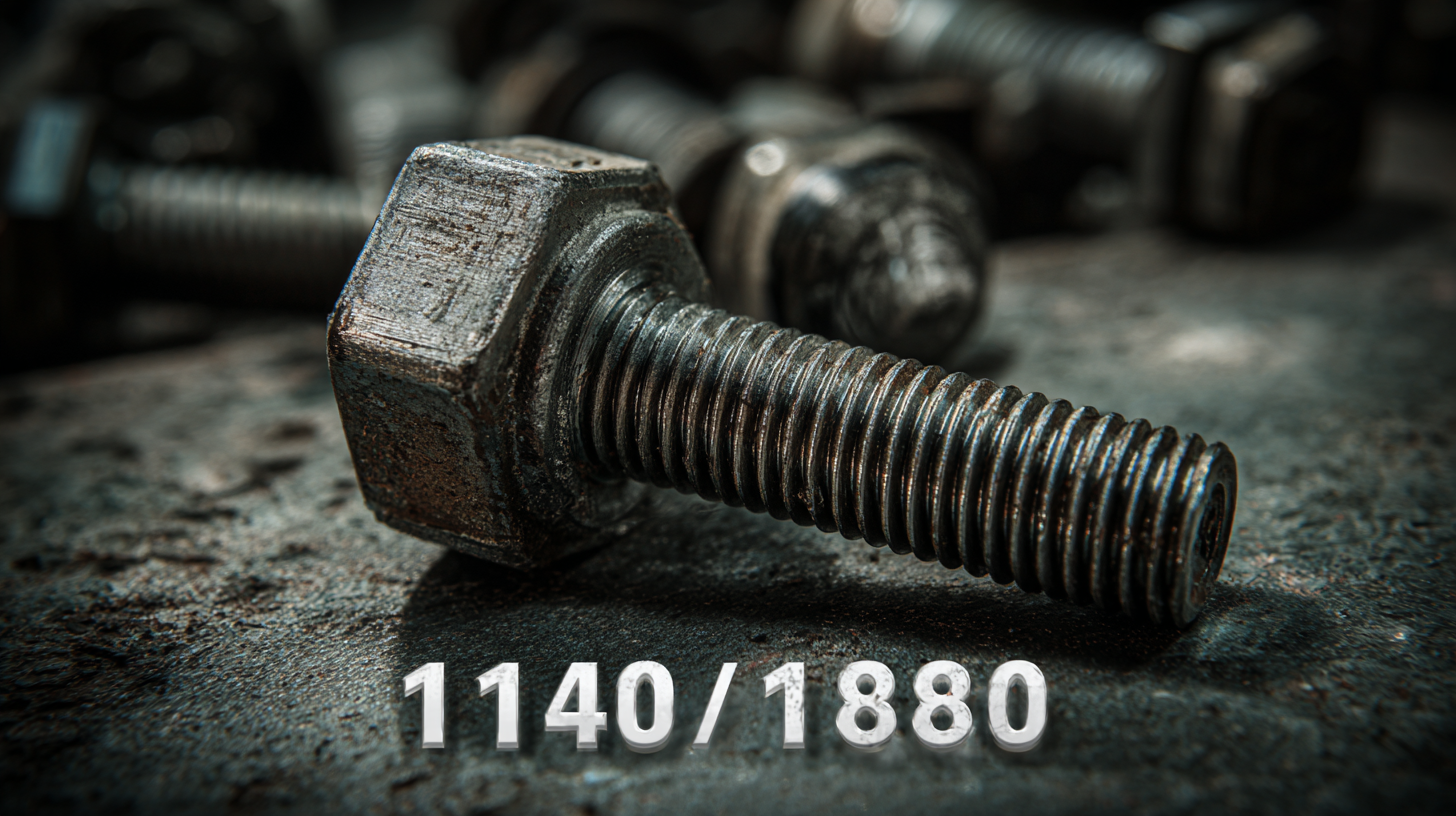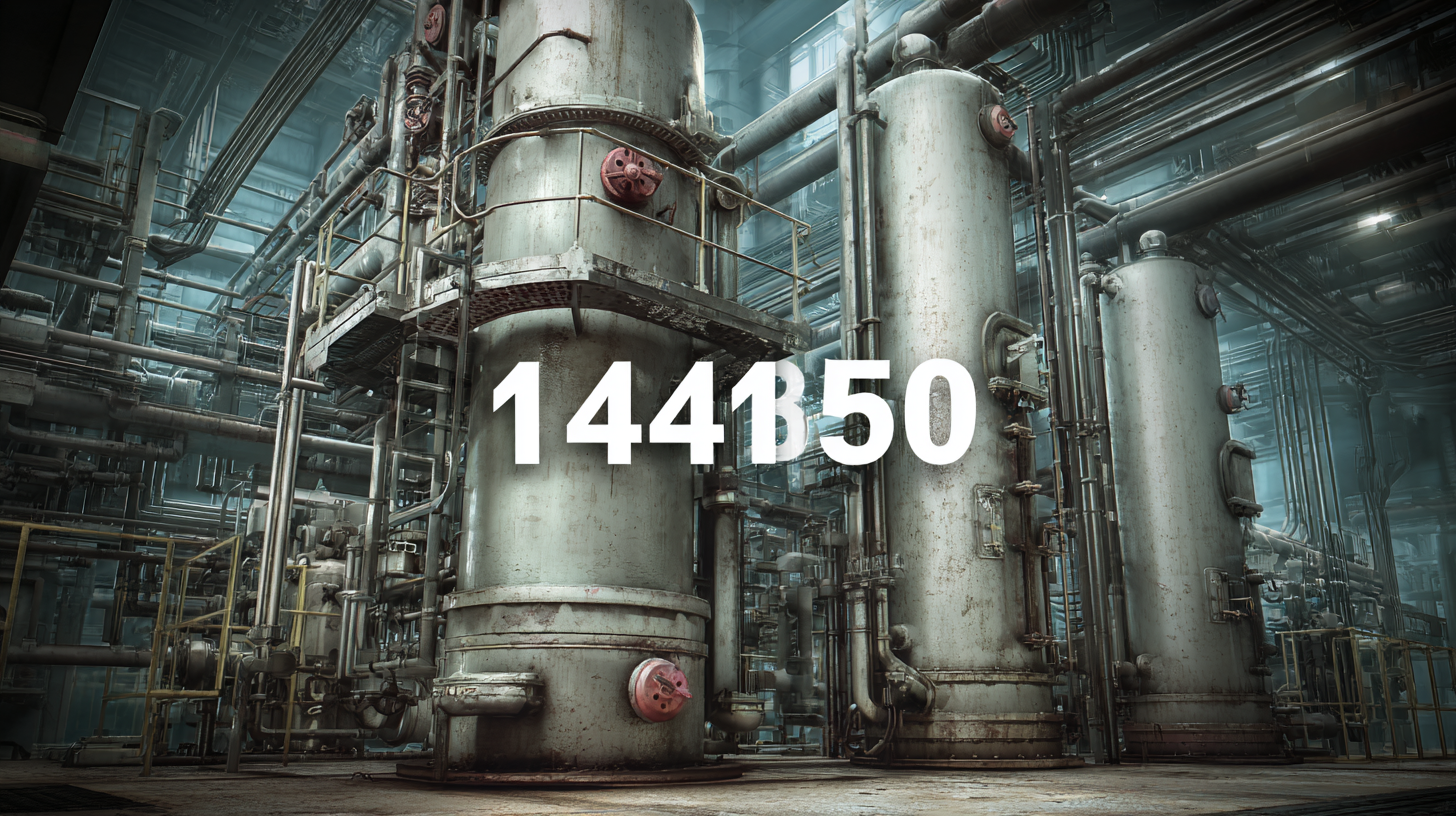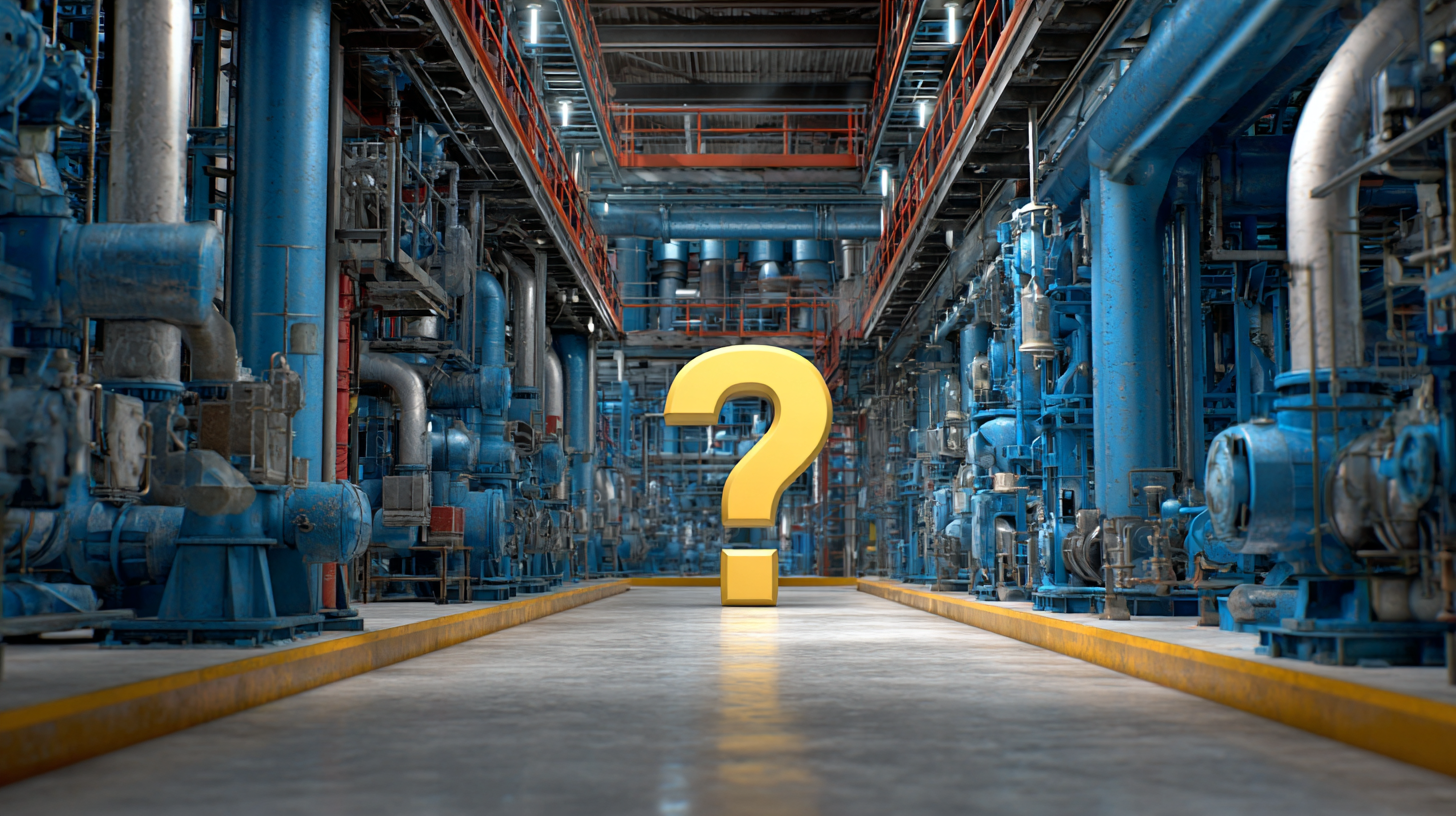
In the ever-evolving landscape of industrial components, selecting the right part for your specific needs can be a daunting task. One such component that commands attention is the 1-1418390-1. This part plays a crucial role in various applications, but its effectiveness hinges on understanding the alternatives available in the market. As industries strive for efficiency and reliability, it becomes essential to consider the unique specifications and performance profiles of the 1-1418390-1 alongside its potential substitutes. In this blog, we will explore the key factors to consider when choosing between the 1-1418390-1 and its alternatives, ensuring that you make an informed decision tailored to optimize your industrial operations. Whether you're looking for cost-effectiveness, compatibility, or advanced features, recognizing the nuances of these options will empower you to meet your operational demands with confidence.

When selecting the best 1-1418390-1 component for your industrial needs, it's crucial to understand the different types available and how they fit into various application environments. The 1-1418390-1 series encompasses a range of products that can cater to diverse industrial requirements, from automation systems to fluid handling solutions. Each variant is designed with specific properties that enhance performance in its intended application, making it essential for users to comprehend these distinctions.
Different industries may demand unique specifications when utilizing 1-1418390-1 components. For instance, while some sectors prioritize durability and resistance to harsh conditions, others might focus on efficiency and energy consumption. Evaluating these characteristics can help businesses make informed decisions that align with their operational goals. The versatility of the 1-1418390-1 lineup means that a thorough understanding of each type not only facilitates better integration into existing systems but also promotes optimal performance in industrial settings.
When selecting the 1-1418390-1 component for industrial applications, it is essential to focus on several key factors to ensure optimal performance and reliability. First and foremost, the intended application plays a critical role in the selection process. According to a recent industry report, nearly 70% of equipment failures can be traced back to components not being suited to their operational environment. Therefore, understanding the specific requirements of your project, such as load capacities and environmental conditions, is vital.
Additionally, compatibility with existing systems cannot be overlooked. A study conducted by industry experts revealed that approximately 50% of integration issues arise from mismatched components. It is advisable to assess not only the technical specifications of the 1-1418390-1 but also its interoperability with other elements within your setup. Ensuring that all devices can communicate effectively will enhance the overall efficiency and reduce downtime.
Lastly, sourcing from reputable suppliers who offer comprehensive support and documentation can significantly influence the longevity and functionality of the 1-1418390-1. Industry data indicates that components backed by robust technical assistance experience a 30% reduction in operational disruptions. Prioritizing these factors will aid in choosing the most suitable option for your industrial needs, leading to improved performance and lower maintenance costs.
When selecting the best 1-1418390-1 model for industrial applications, a thorough comparative analysis of available options is vital for ensuring optimal performance. Each model within the range can have distinct features, capabilities, and efficiencies that influence its suitability for specific tasks. Key performance indicators such as load capacity, energy consumption, and response time should be critically evaluated. This comparative approach allows industrial professionals to identify which model aligns best with their operational requirements.
Furthermore, it is crucial to consider the reliability and support offered with each model. Some versions of the 1-1418390-1 are designed with durability in mind, featuring rugged constructions ideal for demanding environments. Others may provide superior software integrations that facilitate easier monitoring and control. By thoughtfully assessing both technical specifications and support services, you can make an informed decision that not only meets your current needs but also accommodates future scaling or changes in operational demands. This strategic evaluation leads to investments that enhance productivity and efficiency in your industrial processes.
When selecting the best 1-1418390-1 for your industrial needs, it’s essential to avoid common pitfalls that can hinder operational efficiency. One of the most frequent mistakes is neglecting to thoroughly assess the specific requirements of your application. Each context may demand different specifications, including power ratings, connectors, and size. Skipping this step often leads to mismatched components that can cause delays, increased costs, or even equipment failure.
Another common error is overlooking the importance of supplier reliability. Choosing a product based solely on price can be tempting, but this may sacrifice quality and support. A reliable supplier not only provides high-quality components but also offers necessary resources for troubleshooting and installation. It’s crucial to ensure that the vendor has a good track record and can support you throughout the product lifecycle, thereby avoiding disruptions in your processes. By focusing on these critical aspects, you can improve the overall success of your industrial operations.

When it comes to ensuring the longevity of your 1-1418390-1, effective maintenance is key. As the structural health monitoring market is projected to reach $2.348 billion in 2023, with a compound annual growth rate of 16.66% from 2024 to 2031, the demand for reliable equipment is paramount. Proper upkeep can not only extend the lifespan of your device but also enhance its performance, making it a worthy investment for your industrial needs.
**Maintenance Tips:**
1. **Regular Inspections:** Schedule routine inspections to identify any wear and tear. Keeping an eye on your 1-1418390-1 ensures that minor issues are addressed before they escalate, ultimately saving on costly repairs.
2. **Cleanliness is Crucial:** Maintain a clean environment around your equipment to prevent dust and debris accumulation. Regular cleaning helps prevent potential damage and keeps your 1-1418390-1 operating efficiently.
3. **Monitor Performance:** Implement a monitoring system to track the performance of your equipment. By analyzing performance data, you can determine when maintenance is due and adjust operations to prevent downtime.
By following these simple yet effective maintenance strategies, you can significantly prolong the life of your 1-1418390-1, ensuring optimal operation and reliability in your industrial applications.

